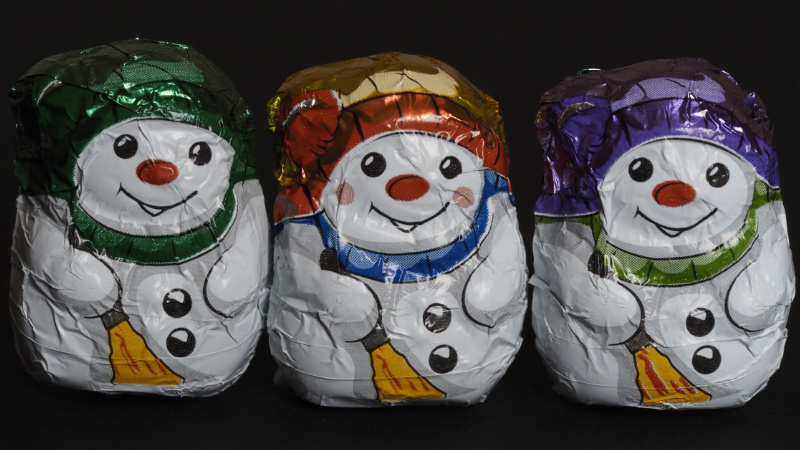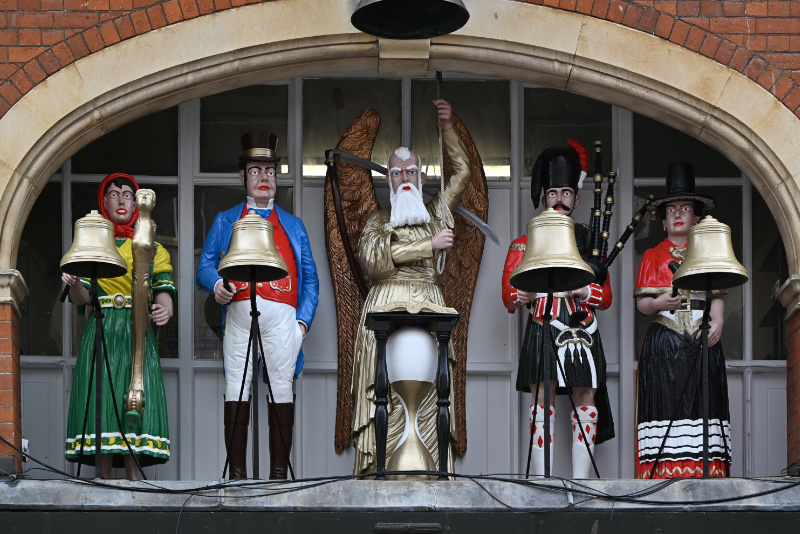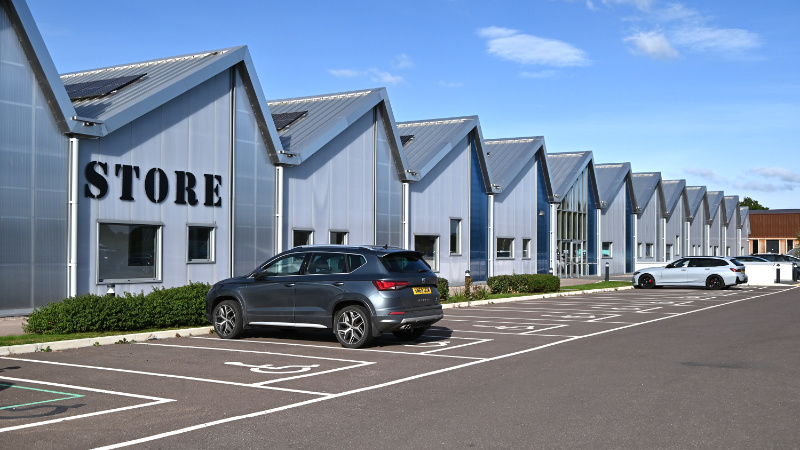The decorative top of a column is known as the "capital". Down the ages people used different designs so consistently that the period in which they were carved can be determined by the style. The capital shown above is in the style known as "stiff leaf", a decorative form favoured in Britain in the thirteenth century. Further stylistic and written evidence enable the capitals to be dated more specifically to c.1230-1240. This example is one of a number of capitals of this period that can be seen in the church of St Bartholomew at Much Marcle, Herefordshire.
photo © T. Boughen Camera: Nikon Z 5

















































